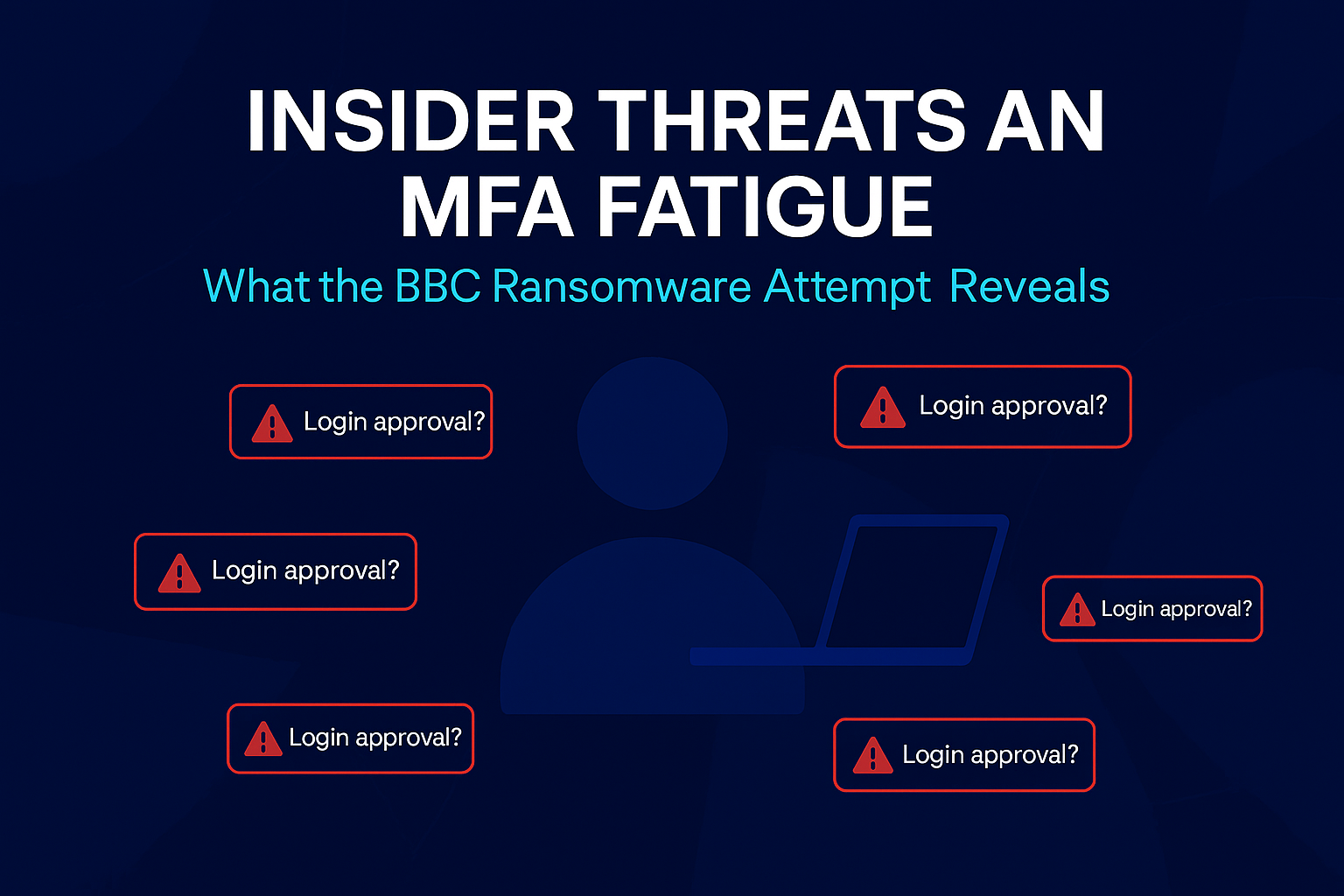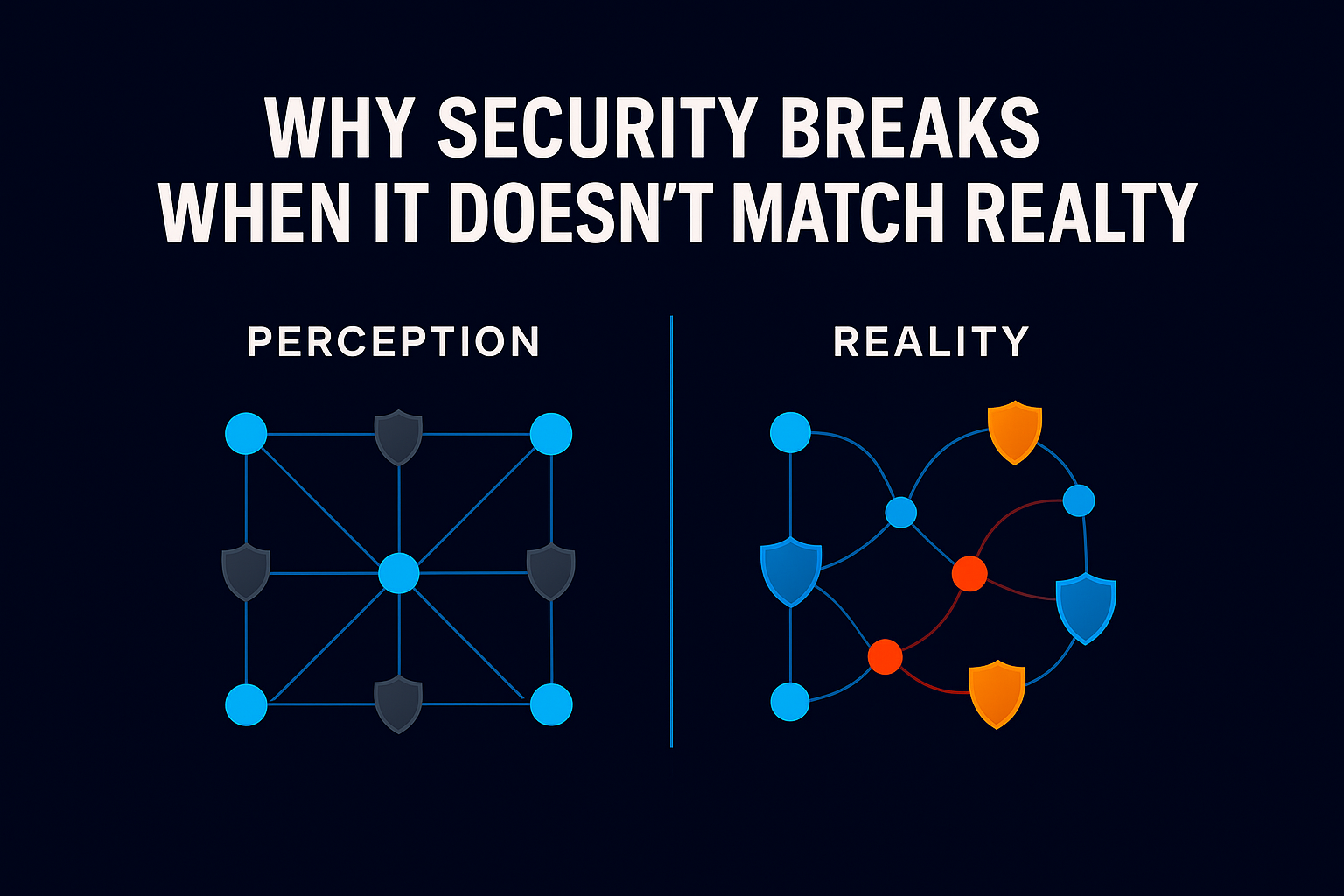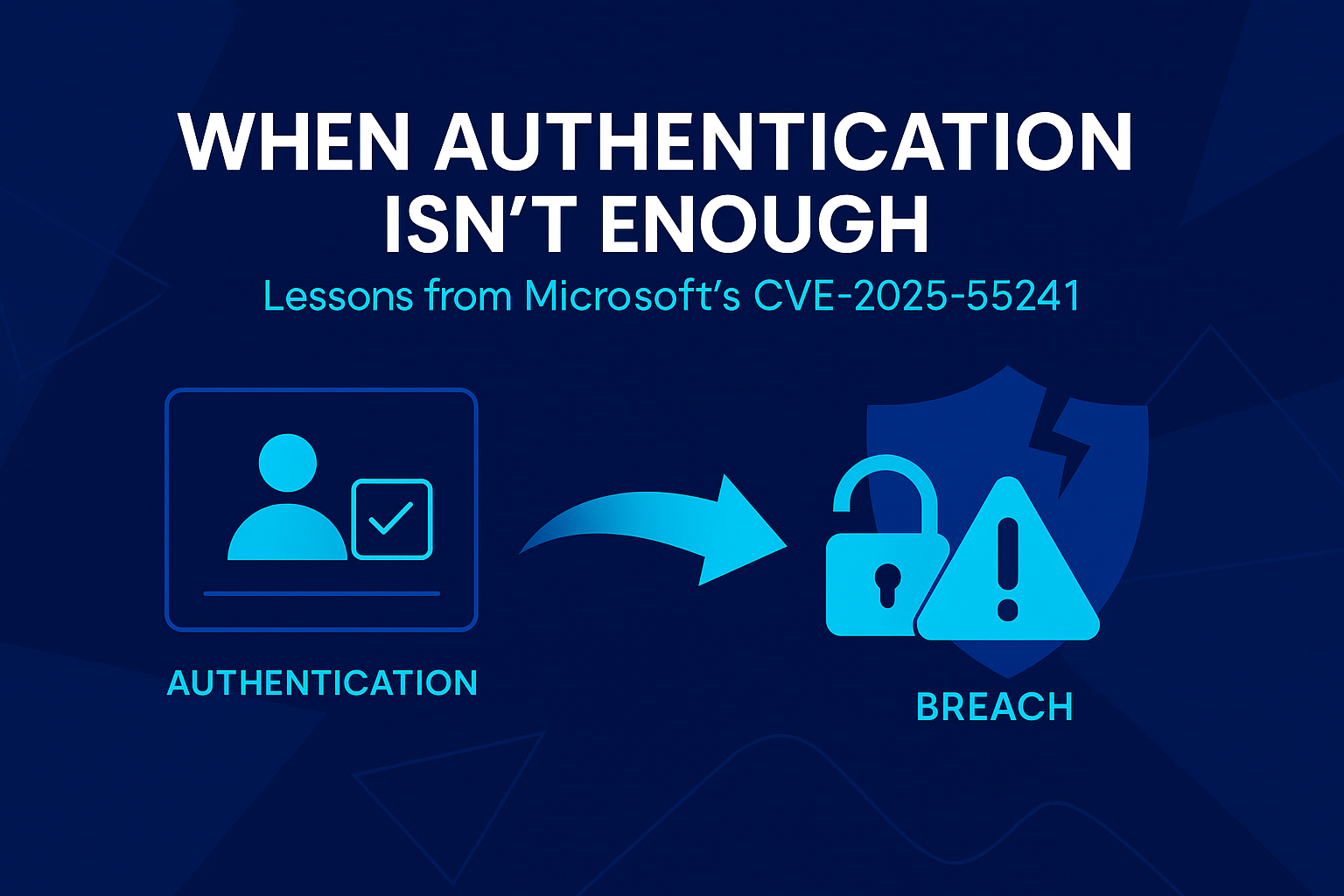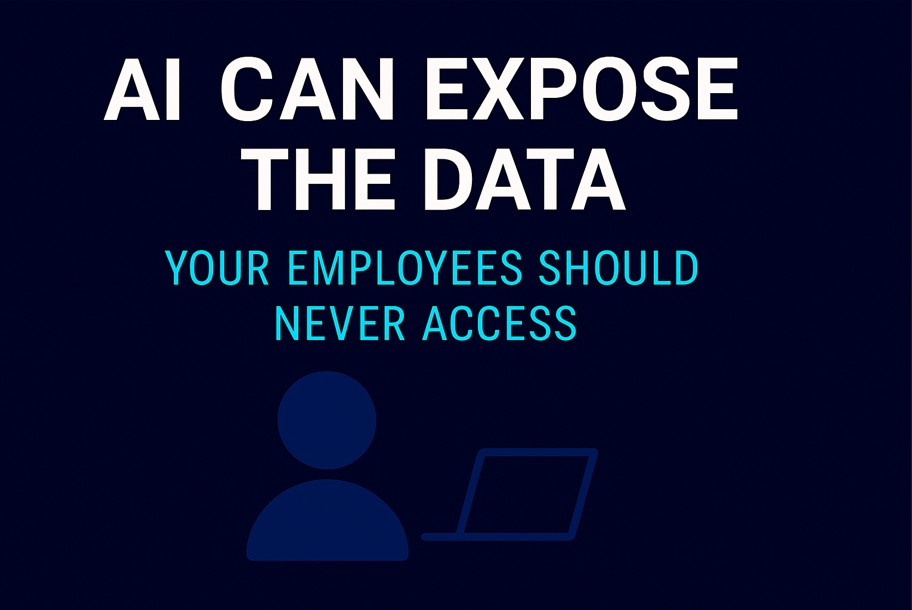Insider Threats and MFA Fatigue: What the BBC Ransomware Attempt Reveals

What the BBC Ransomware Attempt Reveals
It started with a message that looked more like a bribe than a breach.
In September 2025, BBC cyber correspondent Joe Tidy became the target of every CISO’s nightmare: a sophisticated insider recruitment attempt by the Medusa ransomware gang. What began as an encrypted message on Signal quickly escalated into a calculated attack that exposed critical vulnerabilities in traditional security approaches.
The hackers’ pitch was simple but alarming: provide access to BBC’s network in exchange for 25% of a multi-million dollar ransom. When Tidy refused to take the bait, the attackers didn’t simply walk away. They launched an MFA bombing campaign, flooding his phone with authentication requests in hopes he’d accidentally approve just one.
He didn’t. But what if he had?
The Growing Insider Threat Problem
The BBC incident isn’t an isolated case: it’s a symptom of a fundamental shift in ransomware tactics. Ransomware gangs like Medusa and LockBit have been actively recruiting insiders for years, with the Medusa representative claiming several past successes involving rogue employees providing easy network access.
The mathematics are compelling for attackers: Why spend weeks probing perimeter defenses when an insider can grant instant access? The criminals told Tidy they had successfully breached a UK healthcare company and a US emergency services provider using insider recruitment, demonstrating this isn’t theoretical, it’s happening now.
The threat is evolving in three critical ways:
- Insider Recruitment as a Service
Medusa operates as a ransomware-as-a-service platform with dedicated “reach out managers” whose job is specifically to proposition potential insiders. This isn’t opportunistic, it’s industrialized. - MFA Bombing and Fatigue Attacks
When recruitment fails, attackers pivot to MFA bombing, overwhelming targets with constant authentication requests designed to exploit fatigue or accidental approval. Traditional MFA, while essential, becomes a single point of failure under sustained assault. - Trust Before Access
The criminals offered to place $55,000 in Bitcoin into escrow before any attack began, demonstrating their willingness to invest in building credibility with potential insiders. They’re playing a sophisticated social engineering game.
Where Traditional Security Falls Short
The BBC had robust security measures in place. When Tidy reported the MFA bombing attack, his account was immediately disconnected as a precaution and later reinstated with enhanced security protections. They did everything right, but only because the target himself was a cybersecurity journalist who recognized the threat.
What happens when the target is in finance, HR, or engineering? What if they’re facing personal financial pressure? What if they simply make a mistake during an MFA bombing attack?
Traditional identity-based security operates on a fundamental assumption: once authenticated, access is trusted. This works until it doesn’t. The moment credentials are compromised (whether through coercion, bribery, or simple human error) identity-based systems become blind. Once access is granted, most tools stop questioning behavior, even if that behavior becomes malicious.
The Ray Security Difference: Behavior Over Identity
This is precisely where a data-first platform like Ray Security makes the difference. Ray Security doesn’t stop at the identity layer. It assumes any identity could be malicious, even one that’s passed MFA, and continuously analyzes how data is being accessed and used.
-> Detection at Multiple Stages
- Alert on Anomalous Authentication Patterns
Ray Security would immediately flag unusual MFA behavior, not just log it. Rapid-fire authentication requests from suspicious locations or signs of automation would trigger an alert long before compromise occurs. - Identify Abnormal Data Access Attempts
The moment compromised credentials accessed systems, Ray Security would analyze the data access patterns. Even with valid credentials, unusual behavior triggers investigation:- Accessing data outside predicted scope
- Bulk downloads or unusual access patterns
- Lateral movement inconsistent with normal operation patterns
- Access timing outside typical work patterns
-> Automated Response and Containment
- Block Suspicious Activity in Real Time
Here’s where Ray Security fundamentally differs from traditional approaches: they don’t trust identity, they evaluate behavior. If the access pattern doesn’t match established baselines, regardless of valid credentials, the system acts:- Blocks unauthorized data access attempts immediately
- Prevents bulk data exfiltration through write permission controls
- Isolates the compromised endpoint before damage spreads
- Maintains business continuity by allowing legitimate work to continue
- Prevent Ransomware Deployment
Even if attackers gained access, Ray Security’s predictive hardening model ensures they face severe limitations:- No write permissions on >90% of data, making mass encryption nearly impossible
- Immediate blocking and alerts on any attempt to escalate privileges
The Lesson: Trust Nothing, Verify Everything, Especially Behavior
Joe Tidy’s experience ends well because he recognized the threat and escalated immediately. But most employees aren’t cybersecurity “aware”. Most won’t recognize sophisticated social engineering. And some, facing financial pressure or enticement, might make the wrong choice.
The BBC incident is a reminder that security doesn’t end at the login screen. MFA, while essential, is not infallible. Insider threats don’t require sophisticated exploits: they simply require a moment of misplaced trust.
Modern attacks assume your identities will be compromised. Your defenses must assume it too. And that means shifting visibility and control to where it matters most: the data layer. Because in today’s threat landscape, identity might get them in, but behavior is what exposes them.
Security can’t rely on perfect human behavior. It must assume compromise, and still keep the data protected.






